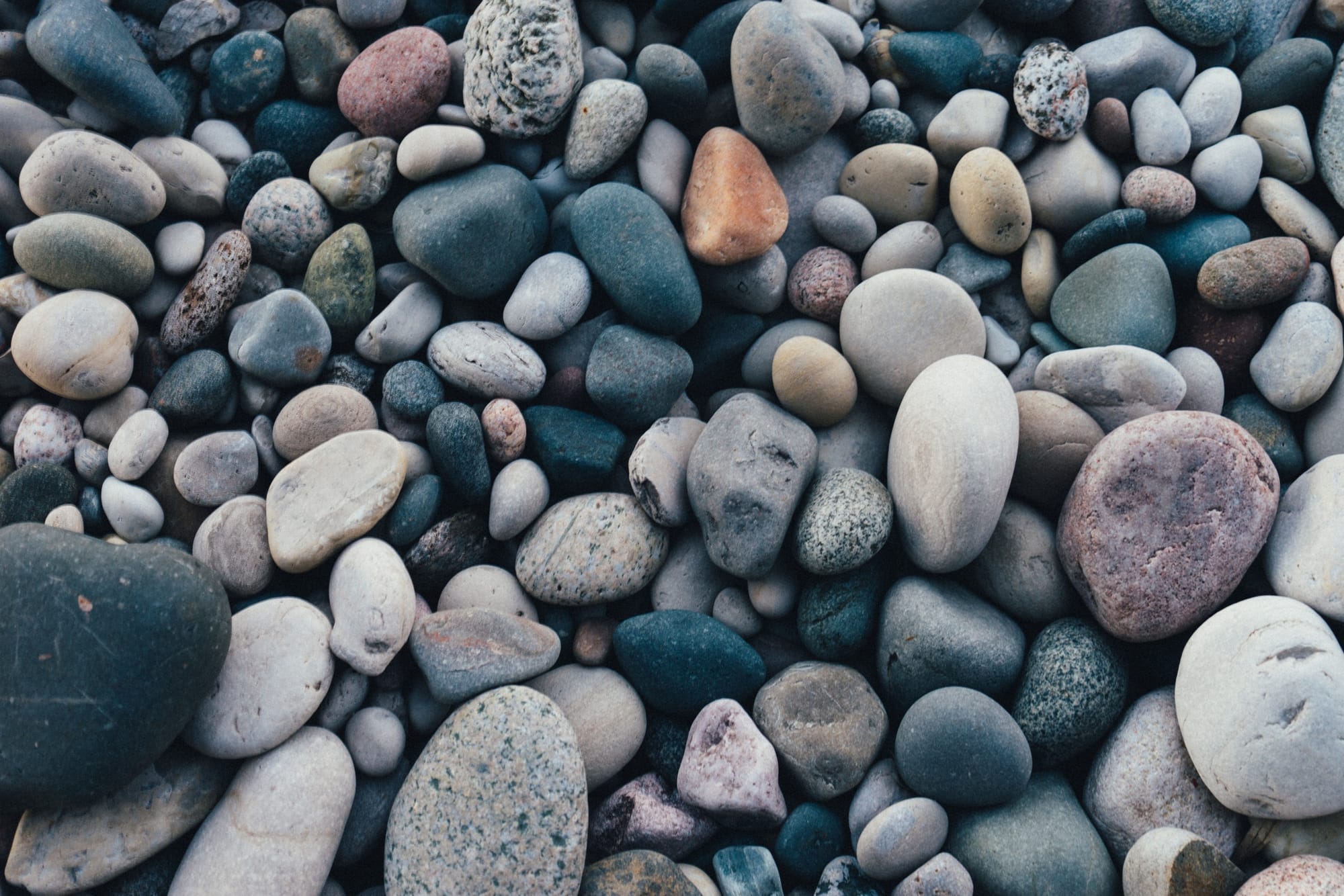Kidney Stone

What You Should Know About Kidney Stones
What do my kidneys do?
Healthy kidneys remove waste products from your blood. These waste products leave your body in the urine your kidneys make. Your kidneys are located near the middle of your back, below your ribcage.
What is a kidney stone?
A kidney stone is a hard, solid lump that forms in your kidney. The lump can be as small as a tiny pebble or it can be much bigger. It is made out of the waste products in your urine. A kidney stone may stay in your kidney, or it may travel down the urinary tract (the urinary tract includes the ureters, bladder and the urethra). If the stone is big enough, it can get stuck in your kidney or urinary tract. This can be very painful.
What causes kidney stones?
There are four types of kidney stones:
Risk factors
Not drinking enough fluids, especially water
Family history of kidney stones
Eating a diet high in protein and sodium but low in fiber
Being a man
Being between 20 and 70 years of age
Being bed-ridden or immobile for a long period of time
Certain medications
Calcium stone: The most common type of kidney stone. Calcium that is not used by your bones and muscles goes to your kidneys. Usually, the kidneys will get rid of the extra calcium through the urine. Calcium stones occur when some of the calcium remains in the kidneys and collects over time.
Struvite stone: A struvite stone is more common in women. It usually forms after a chronic urinary tract infection. These stones are usually made of ammonia.
Uric acid stone: A uric acid stone forms when there is too much uric acid in the urine. You may be at risk for this type of stone if you eat a high-protein diet or if you’ve received chemotherapy.
Cystine stone: A cystine stone is not very common. The disease that causes cystine stones to form runs in families and is called cystinuria.
How do I know if I have a kidney stone?
Kidney stones can cause a severe cramping pain in your lower back or side. The pain usually moves down toward your abdomen, groin or genitals as the stone moves down the urinary tract. Other symptoms may include:
Nausea and vomiting
Cloudy or bloody urine
Fever
Feeling like you need to go to the bathroom more often than usual
How are kidney stones treated?
If the stone is small enough, you might be able to pass it in your urine. Your doctor can give you medication to help with the pain.
If the stone is too big or is causing an infection, your doctor may use a special machine that uses shock waves to break up the stone into smaller pieces. This is called extracorporeal shock wave lithotripsy, or SSWL.
A urologist (urinary tract surgical specialist) can put a very thin instrument through your urethra (say: yoo-reeth-ra) and into your bladder and ureters to find the stone. He or she can then pull it out or break it into smaller pieces. If a doctor does this, you will be given medicine to numb the area first.
Surgery is also an option and is sometimes the only way to get rid of a kidney stone.
What can I do to keep from getting another kidney stone?
Most people who have kidney stones have a 50% chance of developing another within 10 years. But there are things you can do to lower your risk:
Drink enough fluids to make .5 quarts of urine per day. This means you should drink about 14 cups of fluid (water is best) per day.
Do not eat more than 1,500 mg of salt per day (about 1 teaspoon). This includes salt in pre-packaged food. Check nutrition labels to see how much salt (sodium) is in your food.
Try not to eat more than 2 servings of meat per day. Each serving should be no more than 6 to 8 ounces.
If you have had more than one kidney stone, your doctor might send you to a specialist to find the exact cause of your stones. Some people need medicine to keep from getting another kidney stone.
Copyright © American Academy of Family Physicians 2008